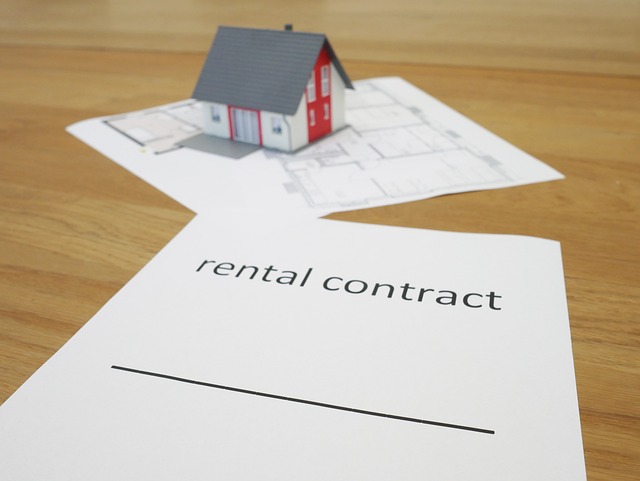The Future Is Prefab: Modern, Efficient Home Solutions
Prefabricated homes are reshaping how we think about housing by combining speed, sustainability, and contemporary design. Factory-built and increasingly customizable, these modular and prefab options often reduce construction time, cut waste, and integrate energy-saving systems like solar. Explore how prefab living can deliver affordable, eco-conscious homes tailored to modern lifestyles, with practical choices for urban, suburban, and luxury markets.

Prefabricated homes are no longer just an alternative; they are becoming a mainstream answer to modern housing needs. Built in controlled factory settings and assembled on site, these homes promise quicker delivery, tighter quality control, and a design-first approach that appeals to buyers looking for efficiency and sustainability. Below is an updated look at the styles, energy integrations, costs, and key considerations for anyone thinking about a prefab residence.
Modern Prefab Home Styles and Customization
Today’s prefabricated homes span a wide aesthetic and functional spectrum. On one end, compact single-story bungalows and ranch-style designs offer accessible, single-level living ideal for smaller lots or aging-in-place preferences. On the other, multi-level modular residences and luxury prefab models emphasize expansive glazing, open-plan layouts, and high-end finishes that rival site-built homes.
Manufacturers now allow extensive personalization. Buyers can choose footprint and room configurations, exterior cladding and color palettes, interior finishes, and smart-home systems. There are focused offerings for urban infill—compact footprints that maximize vertical space—as well as sprawling modern homes designed for scenic sites that capitalize on views through large windows. Whether you want an efficient starter home or a bespoke modern retreat, modular production often makes customization quicker and more predictable than traditional construction.
Solar Integration and Energy Efficiency
Energy-conscious design is a major selling point for prefab builds. Many companies integrate solar-ready roofs or pre-install photovoltaic panels during assembly, simplifying on-site work and lowering installation costs. Beyond solar, prefabricated homes commonly include high-performance insulation, airtight construction, and strategically placed windows to enhance passive solar gain and natural ventilation.
Manufacturers also specify energy-efficient HVAC systems, LED lighting, and Energy Star-rated appliances as part of upgrade packages. These deliberate design choices reduce ongoing utility expenses and shrink a home’s environmental footprint. In climates with high heating or cooling demands, the combined effect of superior envelope performance and solar generation can translate into meaningful long-term savings and improved comfort.
Cost Considerations and Market Comparison
Prefabricated homes frequently provide cost advantages because factory workflows reduce on-site labor hours and material waste. Below is a snapshot of typical market offerings and timelines.
| Home Type | Average Base Cost | Typical Build Time | Energy Efficiency Rating |
|---|---|---|---|
| Basic Prefab | $150,000–$250,000 | 3–4 months | Good |
| Luxury Prefab | $300,000–$500,000 | 4–6 months | Excellent |
| Custom Modular | $200,000–$400,000 | 4–5 months | Very Good |
| Solar-Ready Prefab | $250,000–$450,000 | 4–6 months | Outstanding |
Prices, rates, or cost estimates mentioned in this article are based on the latest available information but may change over time. Independent research is advised before making financial decisions.
While the numbers above are helpful benchmarks, total project cost will also reflect land purchase, site work (foundation, utility hookups, grading), permits, transportation of modules, and local fees. Delivery distances and the complexity of on-site assembly can add costs, so it’s important to obtain detailed quotes from manufacturers and installers.
Benefits and Practical Considerations of Prefab Living
The advantages of prefabricated construction are compelling. Factory conditions allow for consistent quality checks, reduced exposure to weather delays, and more efficient use of materials, which cuts waste. Shorter timelines mean homeowners can occupy their houses sooner and reduce financing or interim housing expenses.
However, potential buyers should weigh several practical factors. Land acquisition is a primary step: not every plot is suited to prefab delivery and assembly. Local building codes and zoning rules may limit what can be built, and some municipalities have specific requirements for modular or manufactured housing. Transportation logistics can influence cost and feasibility, especially for large modules or remote sites.
Another important consideration is design flexibility during construction. Once modules leave the factory, making significant layout changes becomes complicated and expensive. Thorough planning and finalized design decisions prior to manufacturing minimize costly revisions.
Looking Ahead: Why Prefab Continues to Evolve
Prefabricated housing is steadily integrating new technologies and materials, from net-zero-ready systems to advanced off-site manufacturing techniques that improve speed and reduce cost. As consumer demand for energy-efficient, affordable, and well-designed homes grows, manufacturers are experimenting with hybrid models, mass-customization platforms, and partnerships with architects to broaden what prefab can offer.
For environmentally minded buyers and those seeking predictable timelines, prefab homes present an attractive option. They combine contemporary aesthetics and performance with the efficiencies of industrial production. While not without challenges—especially around site selection, permitting, and transportation—the benefits often outweigh the drawbacks for many homeowners and developers.
In short, prefabricated homes represent a pragmatic, forward-looking approach to housing. With thoughtful planning and informed choices, they can deliver high-quality, efficient living spaces that align with modern priorities: speed, sustainability, and thoughtful design.






